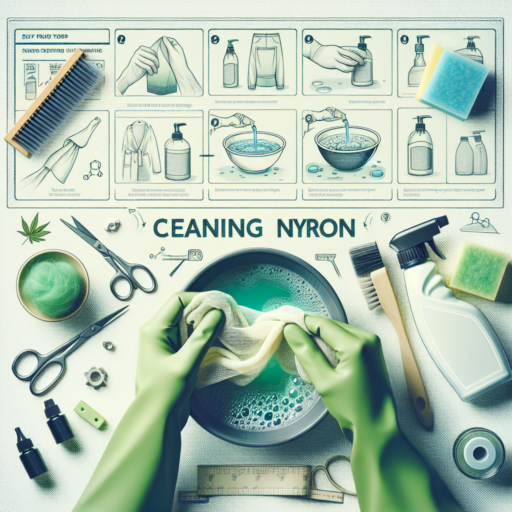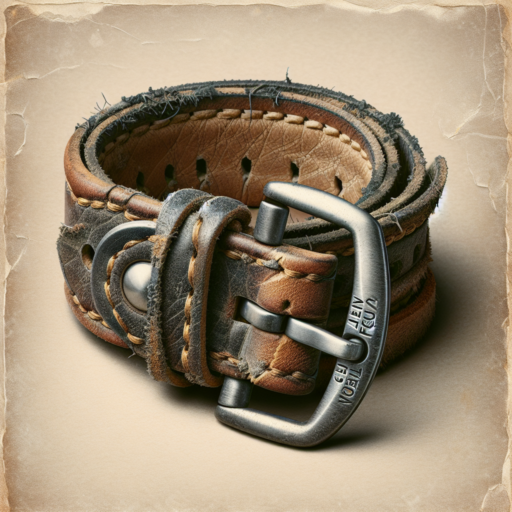Can 100% nylon be washed?
When it comes to maintaining the quality and longevity of your garments, understanding the proper care methods is essential. For items made of 100% nylon, a common question arises: Can 100% nylon be washed? Fortunately, the answer is yes, but there are specific steps you should follow to ensure the material remains in top condition.
Guidelines for Washing 100% Nylon
Nylon is known for its durability and resistance to stains, making it a popular choice for a wide range of clothing. To wash 100% nylon safely, it’s recommended to use cold water and select a gentle cycle on your washing machine. Adding a mild detergent can help remove any dirt or odors without damaging the fabric. For those concerned about environmental impact or fabric wear, hand washing in cold water is an excellent alternative.
It’s also essential to avoid the use of bleach or any harsh chemicals on 100% nylon, as these can break down the fibers and reduce the material’s strength and colorfastness. After washing, gently press out any excess water. Avoid wringing out nylon garments, as this can cause them to lose their shape. For drying, lay the items flat in a well-ventilated area out of direct sunlight to prevent any shrinkage or damage from UV exposure.
How to remove yellow stains from nylon?
Removing yellow stains from nylon can be a challenging task, but with the right approach, you can restore your items to their former glory. Nylon, a synthetic polymer, is known for its durability and resilience, but like any material, it can succumb to unsightly stains. Common causes of these yellow stains include age, exposure to body oils, sweat, and environmental factors.
Simple Steps to Clean Yellow Stains
Begin by identifying the type of stain you’re dealing with, as this will determine the most effective cleaning method. For general yellowing, a mix of warm water and a gentle detergent can be the first step. Soak the nylon item for up to 30 minutes before gently rubbing the stained area. Rinse thoroughly with clean water and check the stain.
Using Specialized Stain Removers
For more stubborn stains, turning to specialized stain removers designed for synthetic fabrics can be more effective. These products contain ingredients targeted at breaking down stains without damaging the nylon. Always follow the instructions carefully and test on a small, inconspicuous area first to ensure it doesn’t affect the fabric’s color or integrity.
Remember, the key to successful stain removal from nylon is promptness and patience. Acting quickly can prevent the stain from setting, making it easier to remove. However, some stains may require multiple treatments. Never use bleach on nylon, as it can weaken the fibers and cause discoloration.
How to remove water stains from nylon?
Removing water stains from nylon fabric can sometimes seem like a daunting task, but with the right approach, you can regain the pristine look of your nylon items. Nylon, a synthetic polymer, is known for its durability and resistance to various elements, but water stains can still pose a challenge. One of the key steps in removing water stains from nylon is to treat the fabric as soon as possible, avoiding the stain from setting deeply into the fibers.
Effective Methods to Eliminate Water Stains
There are several approaches to removing water stains from nylon, each suitable for different levels of staining and fabric types. A simple yet effective method is to dampen the stained area with water and gently blot it with a clean, dry cloth. This can often lighten or completely remove the stain. For more stubborn stains, applying a mild fabric detergent or a specialized stain remover designed for synthetic fabrics can be highly effective. It’s crucial to follow the product instructions closely to prevent damaging the nylon.
- Dampen the stained area with lukewarm water.
- Gently blot with a clean, dry cloth to lift the stain.
- Apply a mild fabric detergent or stain remover for stubborn stains.
Once the stain has been treated, it’s important to rinse the area thoroughly with water to remove any residue of the cleaning solution, which might otherwise attract more dirt or even cause the nylon fabric to deteriorate over time. A final rinse and a gentle pat down with a dry towel will ensure that your nylon items are not only free from water stains but also retain their original texture and color.
No se han encontrado productos.
What happens to nylon when you wash it?
When it comes to the care and maintenance of nylon fabrics, understanding what happens to nylon when you wash it is crucial for preserving the quality and longevity of the material. Nylon, known for its durability and resilience, still requires careful handling to maintain its properties over time.
Nylon’s reaction to washing can vary based on factors such as water temperature, the type of detergent used, and the washing method. High temperatures, for instance, can cause nylon to shrink and lose its shape. Therefore, it’s recommended to use cold water to prevent any damage. Moreover, the chemical composition of nylon makes it sensitive to certain detergents, especially those that are chlorine-based. Using a mild detergent is advisable to avoid breaking down the nylon fibers, which can lead to weakening and eventual wear out of the fabric.
Another aspect to consider is the mechanical action during washing. Too vigorous agitation in a washing machine can stretch or tear nylon fabrics. Gentle cycles and avoiding overcrowding in the washing machine can help minimize this risk. Additionally, while nylon is quick-drying, high heat from dryers can be detrimental. Air drying is a safer alternative that helps retain the fabric’s integrity and reduces the likelihood of heat damage.




